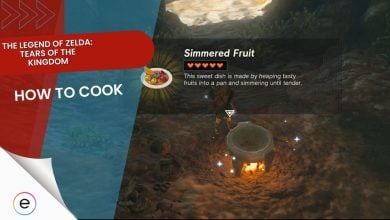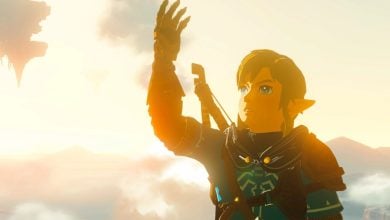Story Highlights
- Tears of The Kingdom is set for launch on May 12, 2023, and is among the year’s most anticipated games.
- Breath of The Wild redefined the meaning of open-world games by breaking free of the formulaic gunk that had plagued the genre for the longest time.
- Much like its predecessor, Tears of The Kingdom seems to be elevating the genre to new heights. This would give developers a good reason to make far more immersive open-world games.
The Legend of Zelda: Tears of The Kingdom is almost upon us and I have to say, this game is pushing the boundaries of the open-world genre, and possibly the Nintendo Switch, to its limits. Nintendo has always been ambitious for the most part when it comes to creating fun games and cracking down on emulation. With how this genre has been for approximately two decades, seeing such a title once again is a joyous occasion.
But the question is why and how exactly is Tears of The Kingdom doing this? What factors have contributed to the staleness of the open-world genre? How and when did we become aware of this situation? There’s a lot of history when you talk about open-world games and I won’t be going over each and every single thing obviously. But I will talk about the core aspects, my issues with the genre, and how those issues are being addressed.
The open-world genre is one of my favorites and it’s often fused with RPG mechanics to create an immersive gaming experience. It may have kicked off ages ago but a substantial amount of growth has occurred in recent years. Most of this growth can be attributed to a game which released in 2017 and paved the road for the genre’s next evolution, or perhaps its true nature.
Breath Of The Wild Picked Things Up After Shadow Of The Colossus
While the genre may be one of my favorites alongside RPGs, there was rarely an experience that truly resonated with me. It’s been a long-standing problem with these kinds of titles and this has only grown stronger with time. Things took a major turn in 2017 when Breath of The Wild hit the shelves for this tiny device that packed so much quality and a touch of drifting issues.
When I first set foot in Hyrule, it felt new, different, and right. I’ve played some Zelda games in the past but by no means am I an aficionado of the series. What pulled me towards Breath of The Wild was the allure of a vibrant, colorful open world. It hit me in a way the genre had rarely done before. The only time I remember being so immersed in a world was back in Shadow of The Colossus on PlayStation 2, its remake, and Soulsborne.
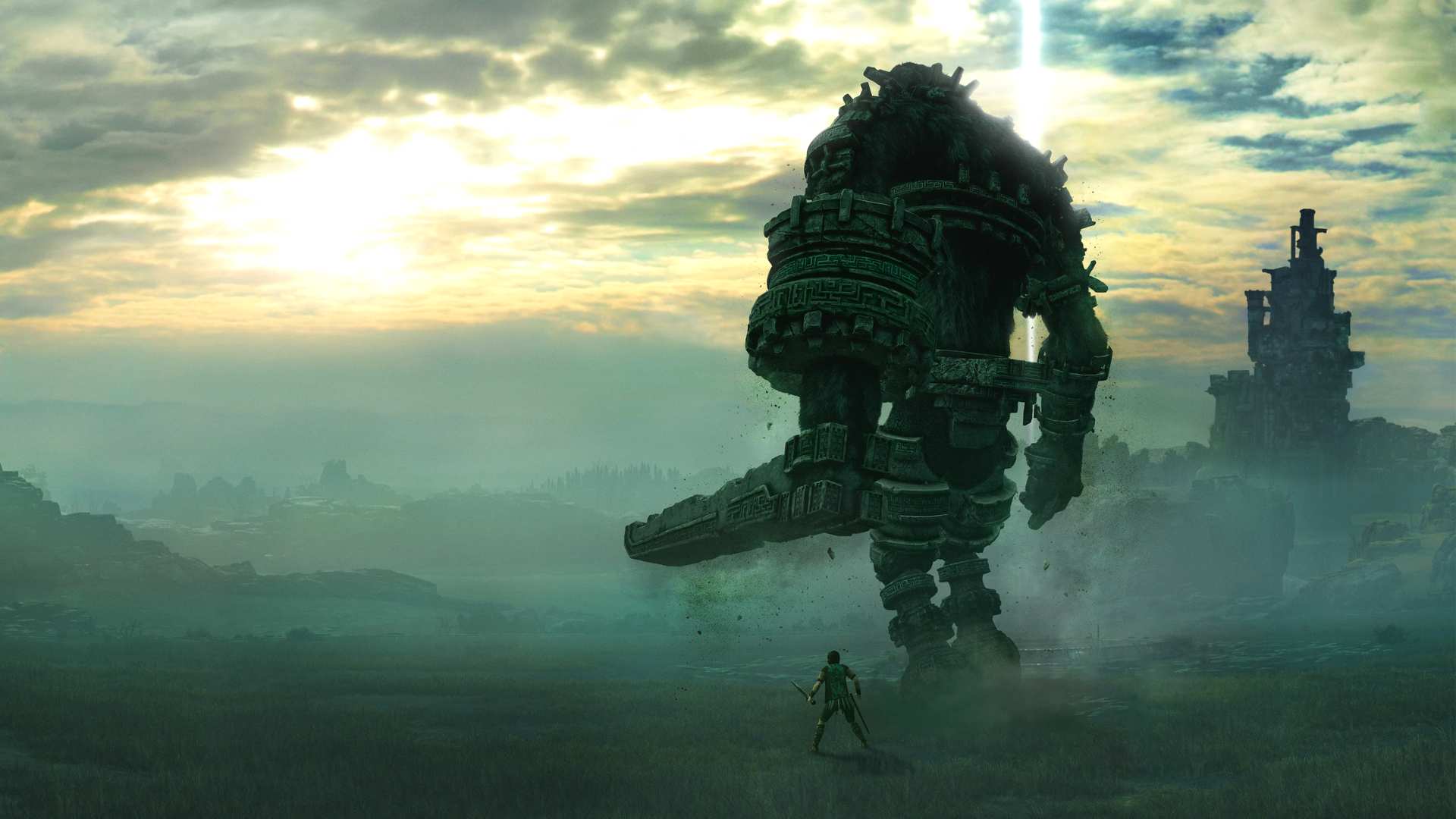
While FromSoftware didn’t adapt the open-world model until Elden Ring, the worlds it created ever since Demons Souls have been phenomenal, far better than most of what the industry has offered us. Shadow of The Colossus cooked much of what Breath of The Wild and Elden Ring did with the genre, although not to that extent. Nevertheless, it offered an experience that one would be hard-pressed to forget.
I like to think that Breath of The Wild picked up the torch after Shadow of The Colossus and really did something with the open-world formula. I’ll get into the genre’s problems later on but for a long time, open-world games barely evoked the feeling of being in an open world. That’s a flaw that never made itself known until the formula was overused and Nintendo released BOTW in 2017.
Taking that first step in Breath of The Wild was akin to being in a place you’ve never been to before. A whole new world that’s practically begging to be explored. There was no linearity or any sense of direction, only you and this wide world that you could explore at your leisure. The interface was clean, the world felt alive, the visuals were popping off, and the design was simply fantastic.

This precedent set by Breath of The Wild initiated a movement that had a resounding impact on the open-world genre and how these worlds should be designed. It’s reassuring to see Tears of The Kingdom doing much of the same and improving upon some of its predecessor’s shortcomings.
The Issues With Open-World Games
Games have been around for a very long time and so has the open-world genre. While we’ve gotten great games over the years, we’ve barely ever gotten titles that truly embodied the meaning of what an open world is. It’s often been lost between an overabundance of sidequests and map points, mundane areas that barely scratch the itch of exploration, mediocre design, map elevation that leaves so much to be desired, and a highly cluttered UI.
Those are just some of the problems with most of the games that claim to have an open world. For the longest time, the Ubisoft formula has plagued the industry. A tried and true design of sorts, but when a mold is set, it’s hard for developers to break out of it because that’s what brings in the money. That mindset leads to the death of innovation resulting in bland games with garbage worlds that fail to satisfy a player.
On the topic of being formulaic, CDPR‘s The Witcher 3: Wild Hunt shares several similarities with contemporary open-world games. However, it didn’t sacrifice quality and immersion for the sake of money. There was life in that world, the design served a purpose and exploration throughout the base game, and its DLCs, especially Blood and Wine, was positively staggering.
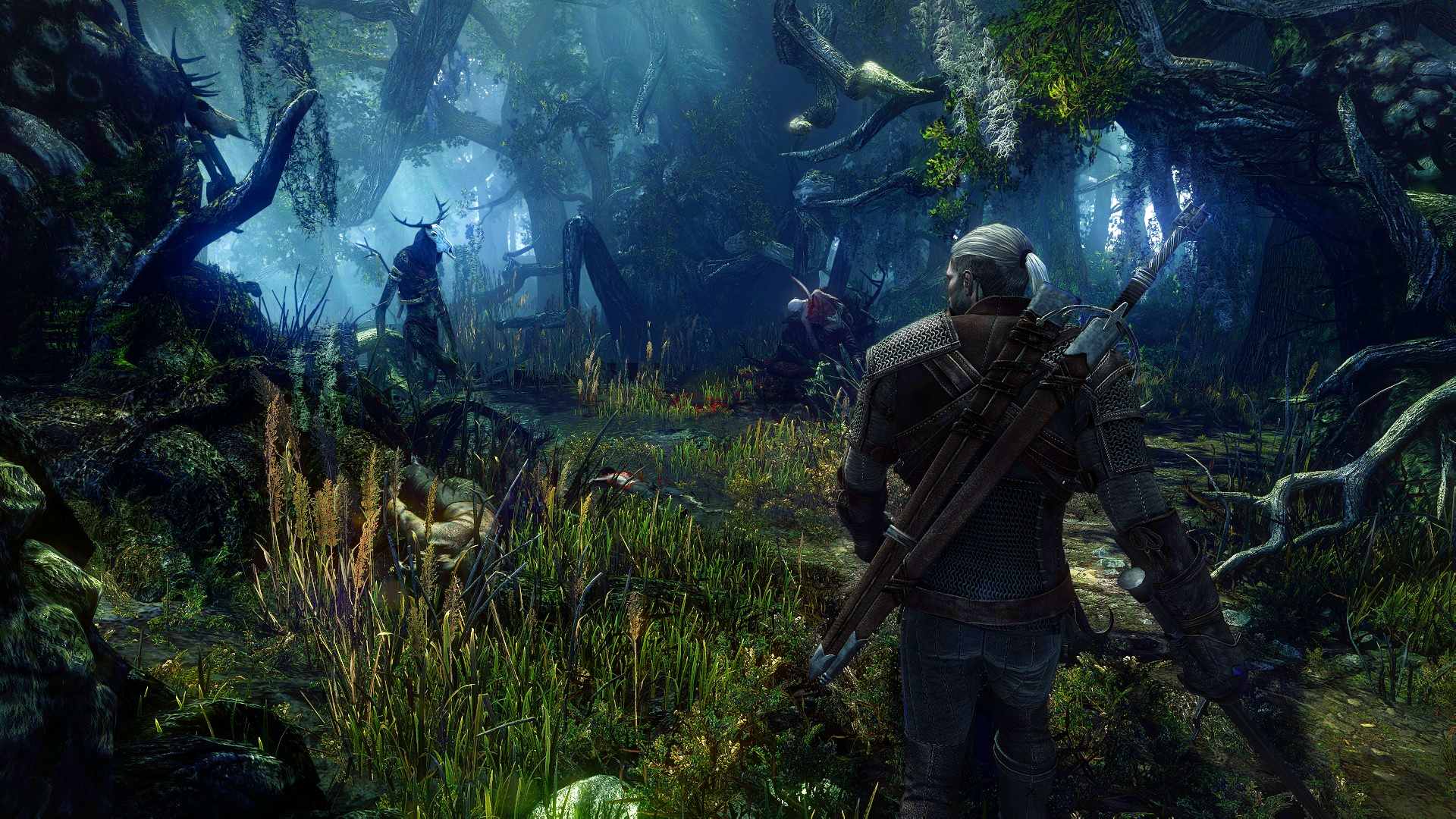
Unfortunately, I can’t say the same for Night City and the surrounding areas in Cyberpunk 2077. While the game itself was enjoyable, it was far from being a worthy open-world game. In fact, in more ways than one, Cyberpunk 2077 was several steps down from The Witcher 3. It’s reassuring to see it thrive today the world fails to pull me in the way some of these other games have.
Horizon Forbidden West and many of these recent Assassin’s Creed titles have suffered from the mold set by Ubisoft more than a decade ago. While they’re not exactly bad games, they don’t take a single step outside of this comfort zone and it shows. It’s one of the many reasons why games like Breath of The Wild and Elden Ring took the world by storm and why the latter brought out some really intense reactions from other developers.
How Nintendo Solved The Open World Problem With BOTW
Crafting an experience as meticulous as Breath of The Wild is no easy feat. Nintendo had to go through a whole in-depth process of figuring out the solution to creating a world that is truly open. When you step out into the real world, you get a sense of scale. You’re put into situations that require decision-making, you’re actively going towards a goal and while there’s linearity, there’s freedom as well.
Injecting all of that into Breath of The Wild was Nintendo’s goal and they actually gave a detailed presentation on how this was achieved. While the initial content was all in Japanese, some publications covered the information but these articles and images were eventually taken down on Nintendo’s request. There’s actually a pretty informative video on this from Game Maker’s Toolkit you should check out for details.

Nintendo had to tweak several elements from previous Zelda games and integrate them into an open world while ensuring that the ultimate goal of the game remains intact. Deep diving into how Nintendo did it was an enlightening experience and one that made me appreciate the game more than I initially did. Beyond that, it makes me look forward to the sequel as well. This is the mark of a game that is actually good.
Tears Of The Kingdom Is Going Even Further Beyond
With its recent reveals, Tears of The Kingdom is proving once again that open-world games have real potential. That they are a blank canvas on which creativity can be painted. The most recent trailer for The Legend of Zelda: Tears of The Kingdom showed a lot of the game and how it’s dialing it all to eleven. There’s no version of this where I see anyone saying something strikingly negative about the game.
One of the biggest things that I’ve personally noticed are the sky islands. The emphasis on exploration and the expansiveness of Hyrule was exceptionally conveyed in a short trailer. Last month’s gameplay demonstration already did more than enough to solidify my faith in Tears of The Kingdom and seeing these extra layers has been a great experience.
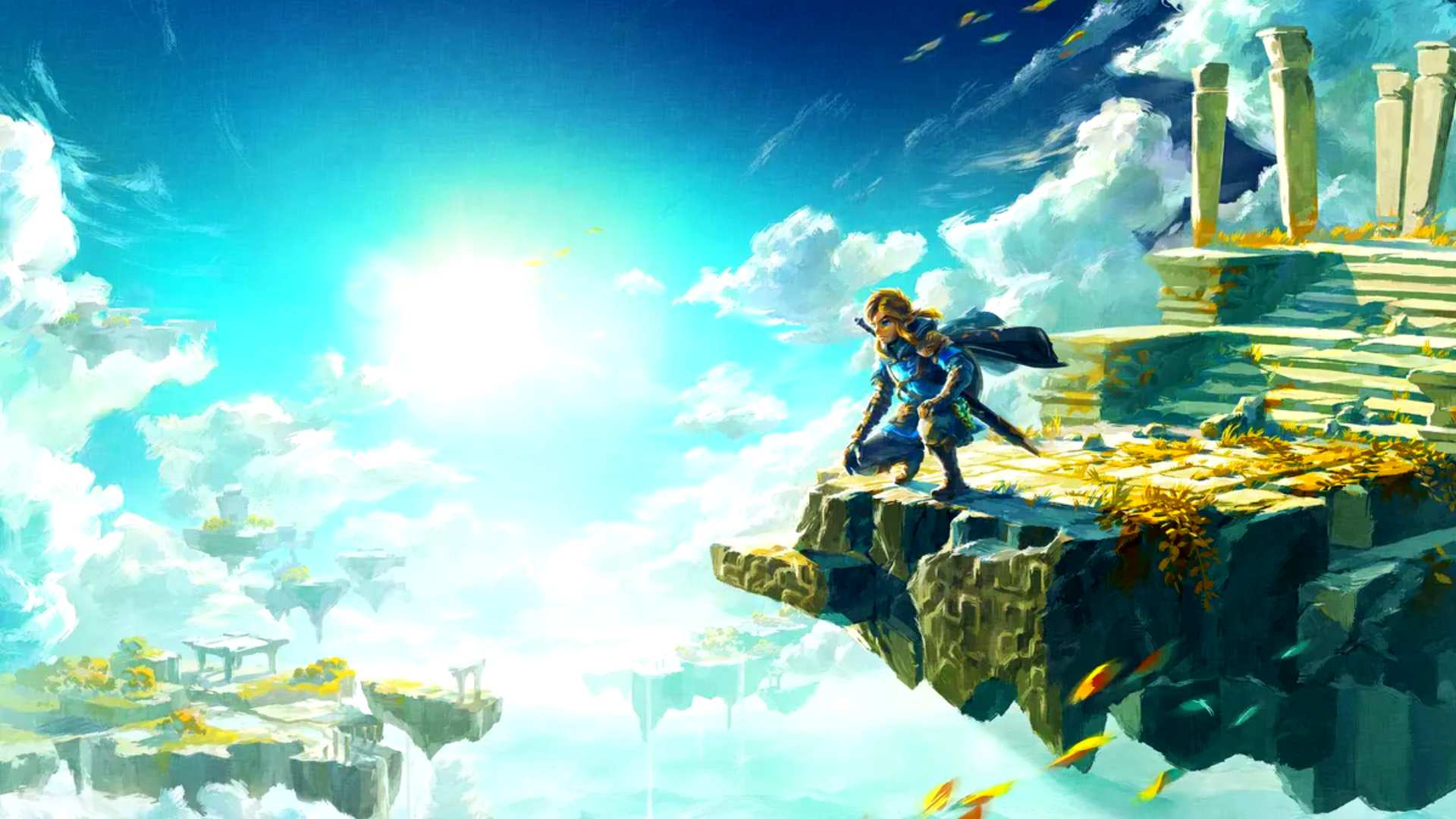
Prior to the gameplay demonstrations, I had some reservations about how the developers were planning on presenting a version of Hyrule different from the one I traversed in Breath of The Wild. Obviously, there are many ways this goal could have been achieved but adding new abilities for Link and seeing how we’re able to interact with the environment with their use is a touch of pure creativity. Nothing new but it’s rarely seen today.
In the end, from what I’ve seen of Zelda: Tears of The Kingdom, I’m more than hyped for it. Worlds that just drop a big bomb of wonder, magic, and surprise are rare and Breath of The Wild did a lot to break the genre out of this stale gunk. We saw the remake of Shadow of The Colossus, Death Stranding, Elden Ring with its upcoming DLC, and now the inevitable sequel to our adventure in Hyrule over half a decade ago.
The Legend of Zelda: Tears of The Kingdom is set for launch on May 12, 2023, on the Nintendo Switch and it’s definitely a worthy Game of The Year contender from what I’ve seen thus far.
Thanks! Do share your feedback with us. ⚡
How can we make this post better? Your help would be appreciated. ✍
